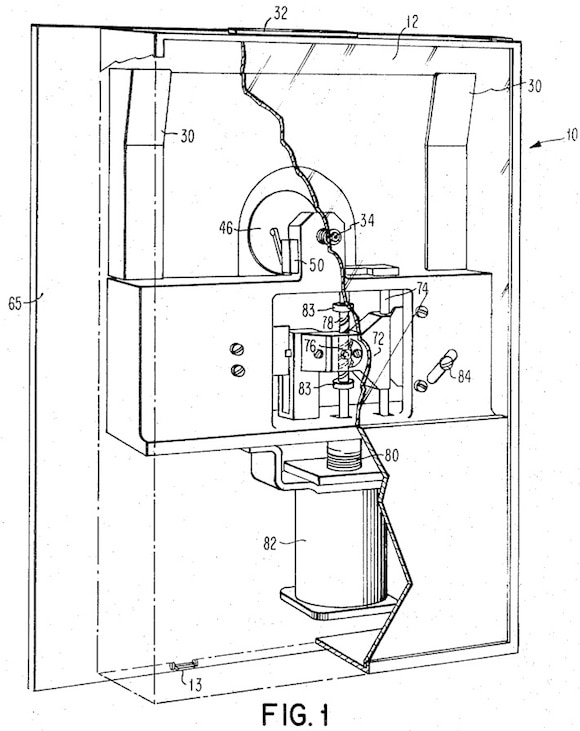 You remember floppy disks, don’t you? Those truly floppy (hence the name) disks of thin plastic, which we all used to store and transfer files with before we had the Internet and USB thumb drives.
You remember floppy disks, don’t you? Those truly floppy (hence the name) disks of thin plastic, which we all used to store and transfer files with before we had the Internet and USB thumb drives.
Today in 1930, one of the most significant people ever in the computer storage industry, was born. Alan Shugart sadly passed away in 2006, but he leaves an impressive legacy of work, starting out at IBM and later cofounding Seagate. We wanted, in his memory, to take a look at the first floppy drive.
Floppy drive sales peaked at more than 5 billion annually
Worldwide sales of floppy disks peaked in the mid 1990s at more than 5 billion annually but, today, the floppy is all but gone.
IBM was working on its floppy drive in the 1960s and started selling the first one in 1971. It was an 8-inch disk with a monster-sized drive to match.
Alan Shugart was a part of the team that worked on the first floppy drive, together with Warren Dalziel, Ralph Flores, David Noble, and Herbert Thompson. The first floppy was a read-only device (at least out in the field), which was used to load code into the IBM System/370 mainframe. Later it became a read-write device. The first floppy could store about 80 kilobytes.
IBM’s patent for the floppy drive, number 3,678,481, is from 1972 and in it we can read:
“A magnetic disk storage file employs an interchangeable sealed disk cartridge that drops into a guide channel, with the file cover open. When the cover is closed, the disk cartridge is positioned by a centering device, and at the same time is clamped to a rotary drive. Upon energization of a solenoid actuator, the flexible disk is loaded against a magnetic head assembly. The head assembly is mounted to a carriage, enabling direct access of the disk radially through an elliptical aperture in the cartridge.”
The actual drive, seen below, was, according to the patent application “a novel magnetic disk data storage apparatus, and in particular to a miniature direct access single disk storage file employing an interchangeable sealed disk cartridge.”
How “miniature” the drive actually was can, of course, be debated, but it’s rather fascinating how much of design and functionality of later drives and disks we can recognize in the first one.

Although the drive itself may look alien, what may be more familiar to you is the actual floppy disk (it was called a cartridge), pictured below. On the right, you see the disk in its enclosure, what would later, in the 3.5-inch model, become hard plastic.

Finally, a side view of the drive mechanism.

Thank goodness the floppy drive is dead
As useful as the floppy was, it was also frequently a pain in the you-know-what. How many times have you not tried to read from or write to a floppy only to have been greeted by a cryptic error message?
As the floppy disk lives on as an important part of computer history, the story of Shugart and computer storage had only started with the first IBM floppy. He left IBM to join Memorex in 1969, and moved on to found Shugart Associates in 1972. There, he helped introduce the 5 1⁄4-inch floppy disk drive four years later. As if that was not enough, Shugart cofounded Seagate Technology in 1979.
With such an important role in the history of computers, it’s only fitting that we celebrate one of the most recognizable symbols of technology from the last few decades. It may not be used much anymore, but the simple floppy has certainly left its mark.



























